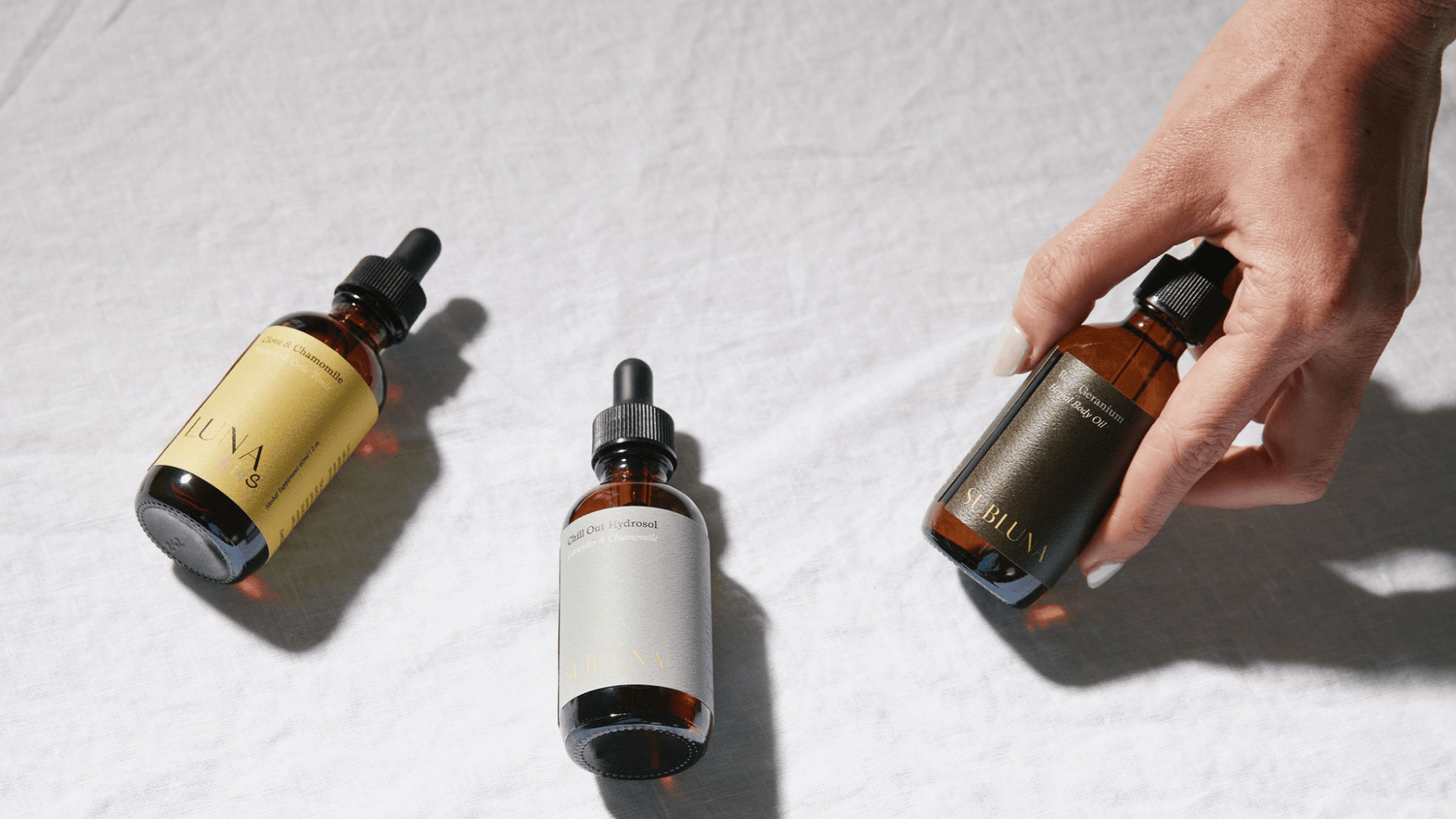A Closer Look at Essential Oils
Go EO Free: Education & Alternatives to Ditch Essential Oils for Good
Part 1: What Are Essential Oils, Really?
It seems impossible to venture into any wellness community without hearing about essential oils. They’re in everything—from toothpaste to shampoo, candles to "plant-based" cleaning products, and even sneaking into food as flavoring. But what exactly are they?
Essential oils, known scientifically as volatile oil compounds, are the aromatic components of plants. While their exact purpose remains unclear, the leading theory suggests they function as a waste system for plants, storing byproducts that cannot be excreted.
Volatile oils are responsible for a plant's fragrance, and the stronger the scent, the more volatile oil compounds are present. While research confirms their antimicrobial properties, meaning they can fight bacteria, viruses, and fungi, their widespread use raises serious concerns.
Part 2: Why Are Essential Oils Harmful?
If essential oils have medicinal benefits, what’s the problem? The biggest issue is concentration. It takes an enormous amount of plant material to produce just a few drops of essential oil.
For example, April Graham of Wild Wood Apothecary calculated that over half a pound of peppermint is required to create just one drop of peppermint essential oil. To consume the same amount of volatile oil found in that single drop, you'd need to drink over 140 cups of peppermint tea. This level of exposure to volatile oils is completely unnatural.
Part 3: Essential Oils and the Pharmaceutical Industry
Did you know that over 80% of pharmaceutical drugs originate from plants? This means a single plant constituent is isolated and used as the active ingredient in a prescription drug. The problem? When isolated, plant compounds can be stripped of their natural balancing properties, leading to side effects.
A classic example is Willow Bark (Salix spp) and Meadowsweet (Filipendula ulmaria), which contain salicin—converted by the body into salicylic acid, a natural pain reliever. Aspirin, a pharmaceutical derivative, is notorious for causing stomach issues. However, in its whole plant form, Meadowsweet contains demulcent properties that protect the stomach, preventing irritation.
Like pharmaceuticals, essential oils are isolated plant compounds. While they have medicinal properties, they lack the checks and balances provided by whole plant medicine.
Part 4: Essential Oils and the Microbiome
Peppermint essential oil, for example, is antimicrobial—but at what cost? Even whole plants with antimicrobial properties can disrupt the microbiome if overused. Isolating and concentrating these properties in essential oils magnifies their impact.
The body has multiple microbiomes—our gut, skin, mouth, nose, and even vaginal canal house distinct bacterial ecosystems crucial for health. Our mucous membranes, which line our respiratory tract, are the first line of immune defense. Now, imagine diffusing essential oils in your home. You’re breathing in air saturated with antimicrobial compounds that target bacteria—including the beneficial bacteria protecting you from pathogens. Over time, this can weaken immune resilience, making us more susceptible to infections.
Part 5: Essential Oils and Sustainability
Beyond personal health, essential oil production is devastating for the environment. Consider these staggering numbers:
-
10,000 rose petals are needed to create 1 pound of rose essential oil.
-
250 pounds of lavender produce just 1 pound of lavender essential oil.
-
6000 pounds of lemon balm yield 1 pound of lemon balm essential oil.
-
Over 1/2 pound of peppermint is required to make 1 drop of peppermint essential oil.
This excessive plant usage depletes land and soil, leading to unsustainable farming practices, pesticide use, and non-native cultivation, all of which strain the environment. Many essential oil companies sidestep organic regulations, creating their own certification standards to obscure questionable practices. For wild-harvested plants, overharvesting pushes species toward endangerment.
Part 6: Essential Oils and Endocrine Disruption
Endocrine disruptors interfere with hormonal balance, affecting reproduction, immune function, and brain health. Research suggests that essential oils, particularly lavender and tea tree, may exhibit estrogenic and anti-androgenic effects.
One study found lavender oil could mimic estrogen, leading to hormone imbalances and even prepubescent breast development in children. Another study linked exposure to these oils with early breast development in both girls and boys. Once essential oil exposure ceased, the condition reversed.
While further research is needed, these studies indicate potential hormonal disruption from essential oil use.
Part 7: What Can I Use Instead?
The good news? There are whole plant alternatives to essential oils! By using the entire plant—through tinctures, infused herbal oils, teas, or hydrosols—you can access the benefits of essential oils in their naturally balanced state.
Every essential oil originates from a plant that can be used in a safer, more sustainable way.
Part 8: How to Dispose of Old Essential Oils
What NOT to Do:
-
Do NOT dump essential oils down the drain or toilet—they can harm marine life.
-
Do NOT recycle essential oil bottles without proper cleaning, as the residue is hazardous.
Better Disposal Options:
-
Check local hazardous waste disposal programs.
-
Review each oil’s Material Safety Data Sheet (MSDS) for specific disposal guidelines.
-
Contact a biodiesel salvage company to see if they accept essential oils for fuel production.
-
Inquire with your local waste management company about proper disposal.
-
Ask the essential oil company if they offer recycling programs for empty bottles.
Essential oils are widely marketed as natural, but their production and use come with serious consequences for health, sustainability, and endocrine balance. By returning to whole plant medicine, we can honor both our bodies and the environment while still reaping the benefits nature has to offer.



